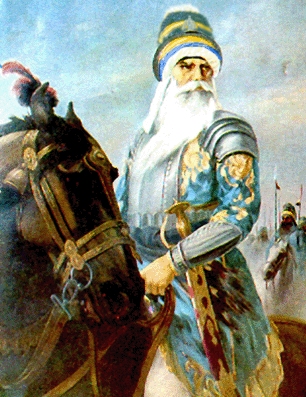
 ਕਪੂਰ ਸਿੰਘ ਪਰ ਕ੍ਰਿਪਾ ਪੰਥ ਕਰੀ॥ ਭਲੀ ਬੁਧਿ ਆਇ ਤਿਸ ਮੈਂ ਪਰੀ॥ ਬਹੁਤ ਸਿੰਘਨ ਕੋ ਆਦਰ ਧਰੈ॥ ਬਿਨਾਂ ਪੁਛੇ ਪੰਥ ਗੱਲ ਨ ਕਰੈ॥ ਟਹਲ ਅਗੈ ਤੇ ਕਰੈ ਸਵਾਈ॥ ਬਹੁਤ ਗਰੀਬੀ ਉਸ ਮਨ ਆਈ॥ ਜਿਮ ਜਿਮ ਪੰਥਹਿ ਟਹਿਲ ਕਮਾਵੈ॥ ਤਿਮ ਤਿਮ ਸਿੰਘ ਜੀ ਗੁਰਮਤ ਆਵੈ॥ - ਪ੍ਰਾਚੀਨ ਪੰਥ ਪ੍ਰਕਾਸ਼ "The Khalsa Panth then blessed Kapoor Singh (with Nawabi). With Khalsa's grace, he aquired wisdom (to lead the Panth). All the Singhs were given utmost respect by him. He would first consult the Singhs (Panth) before making any decisions. He then increased the selfless seva (of the stables) even further, and has been blessed with utmost humility (after being a Nawab). As he continued the seva in service of the Panth, the further he was blessed with the fruits of Gurmat" - Pracheen Panth Parkash |
Sikhs get Organized
Background
Sardar Kapoor Singh was one of the thousands of Sikhs who were attracted to the Khalsa Panth after the sacrifice of Bhai Tara Singh of the village of Vaan, in 1726. The murder of this devoted Sikh, popular both with Muslims and Hindus, forced the Sikhs to unite and organize themselves to respond to state repression against them.
The Khalsa held a meeting to make plans for future actions. They decided to appropriate government money and weapons in order to weaken the administration, and to equip themselves to face the everyday attacks. Kapoor Singh was assigned to plan and execute these projects. Information was obtained that money was being transported from Multan to the Lahore treasury. The Khalsa then came like hawks from nowhere, looted the money, took over the arms and horses of the guards, and vanished in moments, leaving the guards stunned. In another raid, they took over the revenues of the Kasoor estate. A third foray, against a caravan from Afghanistan, resulted in capturing numerous arms and horses, so important to them in their fight against state forces. Some war supplies were being taken from Afghanistan to Delhi. When Kapoor Singh learned of it, he organized an attack to capture them. In another attack, the Khalsa recovered gold and silver which was intended to be carried to Delhi.
The able leadership of Jathedar Darbara Singh and Sardar Kapoor Singh strengthened the Khalsa and provided them with the confidence and the strength to destroy the foreign tyrants and establish self rule.
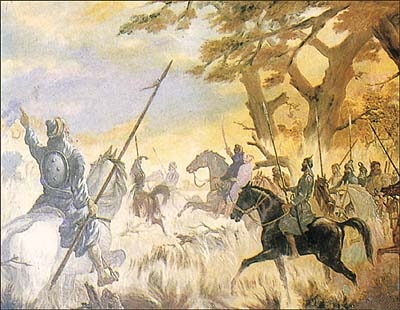 |
The looting of the government treasury created a panic in Lahore. The governor approached the Emperor in Delhi for help. He sent a strong army to search for the Sikhs and kill them, but the Sikhs hid in the forests and sedges near the river beds, not easily approachable by the army. Finding no Sikhs around, the government falsely announced in each village with the beat of a drum, that all Sikhs had been eliminated. This met with little success. People knew the truth and did not stop supporting the Khalsa who were spread all over the area. The Sikhs did not face the army directly, but adopted guerilla warfare tactics which suited their small numbers. Once, while coming to Amritsar, Sardar Kapoor Singh and his contingent met, by chance, the roaming squads of the army near Ropar. In the ensuing skirmish the Sikhs prevailed and won the day.
Sikhs befriended
The rulers and the commanders lost all hope of defeating the Sikhs through repression. To develop some other strategy, Khan went to Delhi where it was decided to befriend the Sikhs and rule in cooperation with them.
Accordingly, in 1733 the Delhi rulers withdrew all orders against the Khalsa. Their torture and killing was stopped. They were permitted to own houses and lands, and to move freely without any state violence against them. To cooperate with the Khalsa Panth, and win the goodwill of the people, the government sent an offer of an estate and Nawabship through a famous Lahore Sikh, Sardar Subeg Singh. This offer was accepted and this honor was bestowed on Kapoor Singh.
During this truce, Kapoor Singh guided the Sikhs in strengthening themselves and preaching Gurmat to the people. He knew that peace would be short lived. As a strategy for the future, regular communication links were developed among Sikhs to unite them. They were encouraged to freely visit their Gurdwaras and meet their relatives in the villages. Sikhs, thus, were able to create strong ties among themselves and with the general population.
Khalsa reorganized itself into two divisions, Sikhs above the age of forty years were named Budha Dal while the younger generation formed Taruna Dal, which provided the main fighting force. Budha Dal had the responsibility of the management of the Gurdwaras and Gurmat preaching. They were to keep track of the movements of the government forces to plan their defense strategies. They also provided a reserve fighting force for the Taruna Dal.
Khalsa for self-rule
Nawab Kapoor Singh undertook several measures to secure firm footing for the Khalsa among the people and to prepare them for self-rule in the Punjab, . To establish internal rules of discipline and mutual understanding, it was jointly weed that:
1. All money obtained from anywhere by any Jatha would be deposited in the Common Khalsa Fund. All provisions for different Jathas regarding their arms, horses, clothes, etc. would be met out of that fund.
2. The Khalsa would have their common Langar for both the Dals.
3. Every Sikh would respect the orders of his Jathedar. Anyone going anywhere would get permission from him and report to him on his return.
Preaching by the Budha Dal helped many persons to become Sikhs and many young Sikhs joined the Dal Khalsa. The membership of the Taruna Dal quickly increased to more than 12 000 and it soon became difficult to manage the housing and feeding of such a large number of people at one place. It was, therefore, decided to have five divisions of the Dal, each to draw rations from the central stocks and cook its own langar. These five divisions were stationed at five sarovars (sacred pools) around Amritsar, namely Ramsar, Bibeksar, Lachmansar, Kaulsar and Santokhsar. The divisions later became known as Misls and their number increased to eleven. Each took over and ruled a different region of the Punjab.
Nawab Kapoor Singh, being the leader of the Khalsa, was assigned another responsibility by Mata Sundar Kaur, wife of Guru Gobind Singh. She sent him an emissary along with Jassa Singh Ahluwalia who was then a young boy. Her instructions were that Jassa Singh was like a son to her and the Nawab should raise him as an ideal Sikh. Ahluwalia, under the guidance of Kapoor Singh, was given a good education in Gurbani and thorough training in managing Sikh affairs. Later, he became the founding Jathedar of the Ahluwalia Misl and played an important role in leading the Sikhs to self-rule.
Campaign against Sikhs
In 1735, the rulers of Lahore attacked and repossessed the estate given to the Sikhs only two years before. This was intended to check the growth of the Sikhs. However, it only acted as a further stimulant. Kapoor Singh decided that the whole of Punjab should be taken over as their estate. This was endorsed by the Khalsa and all the Sikhs assured him of their full co-operation in his endeavor for self-rule.
The decision was taken against heavy odds. Khan sent roaming squads to hunt and kill the Sikhs. Orders were issued to all administrators down to the village level officials to seek Sikhs, murder them, get them arrested, or report their whereabouts to the government. One year's wages were offered to anyone who would murder a Sikh and deliver his head to the police station. Rewards were also promised to those who helped arrest Sikhs. Persons providing food or shelter to Sikhs were severely punished.
It was a time of unspeakable state violence against the followers of Guru Nanak. These orders forced the committed Sikhs into hiding. Becoming a Sikh was like signing one's own death warrant. If one of two brothers became a Sikh, the family presumed they had only one son; the other, they would say, is "dead." This was the period when the Sikhs were sawed into pieces, burnt alive, fed to dogs, their heads crushed with hammers and young children were pierced with spears before their mother's eyes. To keep their morale high, the Sikhs humorously developed their own high-sounding terminologies and slogans. For example:
Tree leaves boiled for food were called green cask the parched chick-peas were almonds, the Babul tree was a rose a blind man was a brave man; getting on the back of a buffalo was ruling an elephant.
When Mir Mannu intensified his attacks for the genocide of the Sikhs, they responded with the rhyme, "Mannu is our sickle, we are his weeds all know. The more he cuts us the more we grow."
Sikhs respond
The army pursued the Sikhs hiding near the hills and forced them to cross the rivers and seek safety in the Malwa tract. When Nawab Kapoor Singh reached Patiala, Baba Ala Singh took Amrit and Nawab Ji helped him increase the boundaries of his state. In 1736 the Khalsa attacked Sirhind, where the two younger sons of Guru Gobind Singh were murdered. The army fought frantically to protect the city. However, the advancing tide of the enraged Sikhs could not be checked, and the *Khalsa took over the city and the treasury. They established the Gurdwaras at the historical places and withdrew. After this expedition Kapoor Singh returned to Amritsar.
These victories of the Sikhs naturally upset the government of Lahore. A huge army was sent to recover the treasury and punish the Sikhs. Khalsa troops were camping near Amritsar when the army attacked them. Kapoor Singh entrusted the treasury to Jassa Singh Ahluwalia and told him to take it to a safe place. He himself had sufficient Sikhs with him to keep the army engaged. When Jassa Singh was out of the reach of the army, the Nawab ordered a strategic retreat, and they reached Taran Taaran without the army being able to do any serious damage to them.
To fight the advancing army, the Nawab sent messages to the Taruna Dai to join them in the fight. The Sikhs dug themselves into trenches and waited for the army to attack. When they were within range, the Sikhs showered bullets on them. The fight lasted the entire day without either side gaining the upper hand. Finding the army exhausted and the commanders in low morale by the evening, Kapoor Singh attacked the commanding posts. This swift and daring attack by two hundred Sikhs stunned the enemy. Three generals, along with many officers, were killed. Whereupon the army retreated to Lahore realizing that they were no match for the adventurous and committed Sikhs.
Khan called his advisors to plan another strategy to deal with the Sikhs. It was suggested that the Sikhs should not be allowed to visit the Amrit Sarovar, the fountain of the"- lives tad source of their strength. Accordingly, strong contingents were posted around the city and all entries to Harmandar Sahib were checked. The Sikhs, however, risking their lives, continued to pay their respects to the holy place and take a dip in the Sarovar in the dark of night. For some Sikhs, the price of doing so was their lives.
One time, when Kapoor Singh went to Amritsar, he had to fight with Kazi Rehman. He had declared that Sikhs, the so-called lions, would not dare to come to Amritsar and face him. In the ensuing fight Kazi was killed. When his son tried to save him, he too lost his life. Later, Massa Rangar took over the control of Amritsar. While smoking and drinking in the Harimandar Sahib, he watched the dances of the nautch (dancing) girls.
The Sikhs who had moved to Bikaner, a desert region, for safety, were outraged to hear of this desecration. Bhai Sukha Singh and Mehtab Singh, went there disguised as revenue collectors. They tied their horses outside, walked straight into the Harimandar Sahib, cut off his head, and took it with them. It was a lesson for the rulers that no tyrant would go unpunished.
Delhi challenges Sikhs
A senior royal commander, Samad Khan, was sent from Delhi to subdue the Sikhs. Kapoor Singh learned of this and he planned his own strategy accordingly. As soon as the army was out to hunt the Sikhs, a Jatha of commandos, disguised as messengers of Samad Khan, was sent to the armory. The commander there was told that Khan was holding the Sikhs under siege and he wanted him, with all his force, to go and arrest them. The few guards left behind were overpowered by the Sikhs, the arms and ammunition were looted and brought to the Sikh camp. It helped the Khalsa win the big battle against the royal army.
Samad Khan sent many roaming squads to search for, and kill Sikhs. He was responsible for the torture and murder of Shaheed Bhai Mani Singh, the administrator of the Harimandar Sahib. The Sikhs had not forgotten this violence against them. He was so afraid of the Sikhs, that he remained far behind the fighting lines to keep himself safe. However, Kapoor Singh had a plan to punish him. During the battle, he ordered his men to retreat, drawing the fighting army with them. He then wheeled around and fell upon the rear of the army. Khan and his guards were lying dead on the field within hours. The death of the commander of such a strong army was a message to the Punjab governor that his turn was next. He was so scared that he started living in the fort. He would not even dare to visit the mosque outside the fort for prayers. The governor knew that even his best guards would not be able to save him once the Sikhs located him.
Protecting the innocent from the invaders
On the request of the Budha Dal members, Kapoor Singh visited Patiala. The sons of Sardar Ala Singh, the founder of the state, gave him a royal welcome. Kapoor Singh stormed and subdued all local administrators around Delhi who were not behaving well towards their people.
Nadir Shah of Iran was a terror for the Delhi rulers. In 1739, he murdered more than 100 000 people in Delhi and carried off all of the gold and valuables. He added to his caravan hundreds of elephants and horses, along with thousands of young women. When Kapoor Singh came to know of this, he decided to warn Nadir Shah that if not the local rulers, then the Sikhs would protect the innocent women of Muslims and Hindus from being sold as slaves.
The returning caravan was closely watched by the Sikh informants. They planned to get the women released and to recover as much of the wealth as possible before Nadir left the Punjab. While crossing The river Chenab, Nadir relaxed his vigilance, and the Sikhs suddenly attacked the rear end of the caravan, freed many of the women, and recovered part of the treasure. The Sikhs continued to harass him and lighten him of his loot until he withdrew from the Punjab.
Nadir wanted to know who the men with beards and turbans were, against whom he could not protect himself although he had already crushed the royal army. After hearing about them he observed, "The Sikhs will soon be the rulers of the Punjab."
Zakaria Khan died in 1745. His successor tightened the security around Amritsar. Kapoor Singh planned to break the siege of Amritsar. Jassa Singh Ahluwalia was made the commander of the attacking Sikh forces. In 1748, the Sikhs took a do or die decision. The commander at Amritsar also had a large army to fight the Sikhs. Ahluwalia, with his commandos behind him, dashed to the army commander and cut him into two with his sword. The commander's nephew, trying to save him, got an arrow in his chest and fell dead to the ground.
To be recognized as a power, the Sikhs built their first fort, called Ram Rauni, at Amritsar. This sent the message to the government that their days were numbered and that Sikh rule over Punjab was imminent. In December 1748, Governor Manu had to take his forces outside of Lahore to stop the advance of Abdali. Kapoor Singh took advantage of his absence from the capital and led a contingent of top Sikh fighters to the police station in Lahore. The Sikhs quickly overpowered the police defending the station and confiscated all of their weapons. The Nawab then occupied the office and ordered the sheriff to release all prisoners. Before leaving, he told the sheriff to inform the Governor that Nawab Kapoor Singh, the "sheriff' of God, the True Emperor, came and did what he was commanded to do. All of this was accomplished in a very short time. Before the stunned policemen could report the matter to the authorities, or the army could be called in, the Khalsa were already riding their horses back to the forest.
In 1753, Kapoor Singh took control of Amritsar and called a general meeting of the Sikhs to organize the Khalsa forces for the future. He thanked them for their co-operation and told them that his end was near and that their new commander would be Jassa Singh Ahluwalia. The sword he had received from Mata Sundar Kaur Ji was also handed over to Ahluwalia. Before he breathed his last, the beloved jathedar thus passed on the responsibility to another able general. The body of Nawab Kapoor Singh, the great leader who lead the Khalsa to the threshold of self-rule, was cremated near Gurdwara Baba Atal.


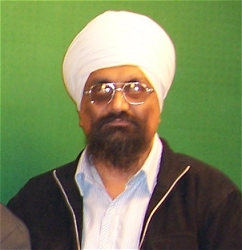
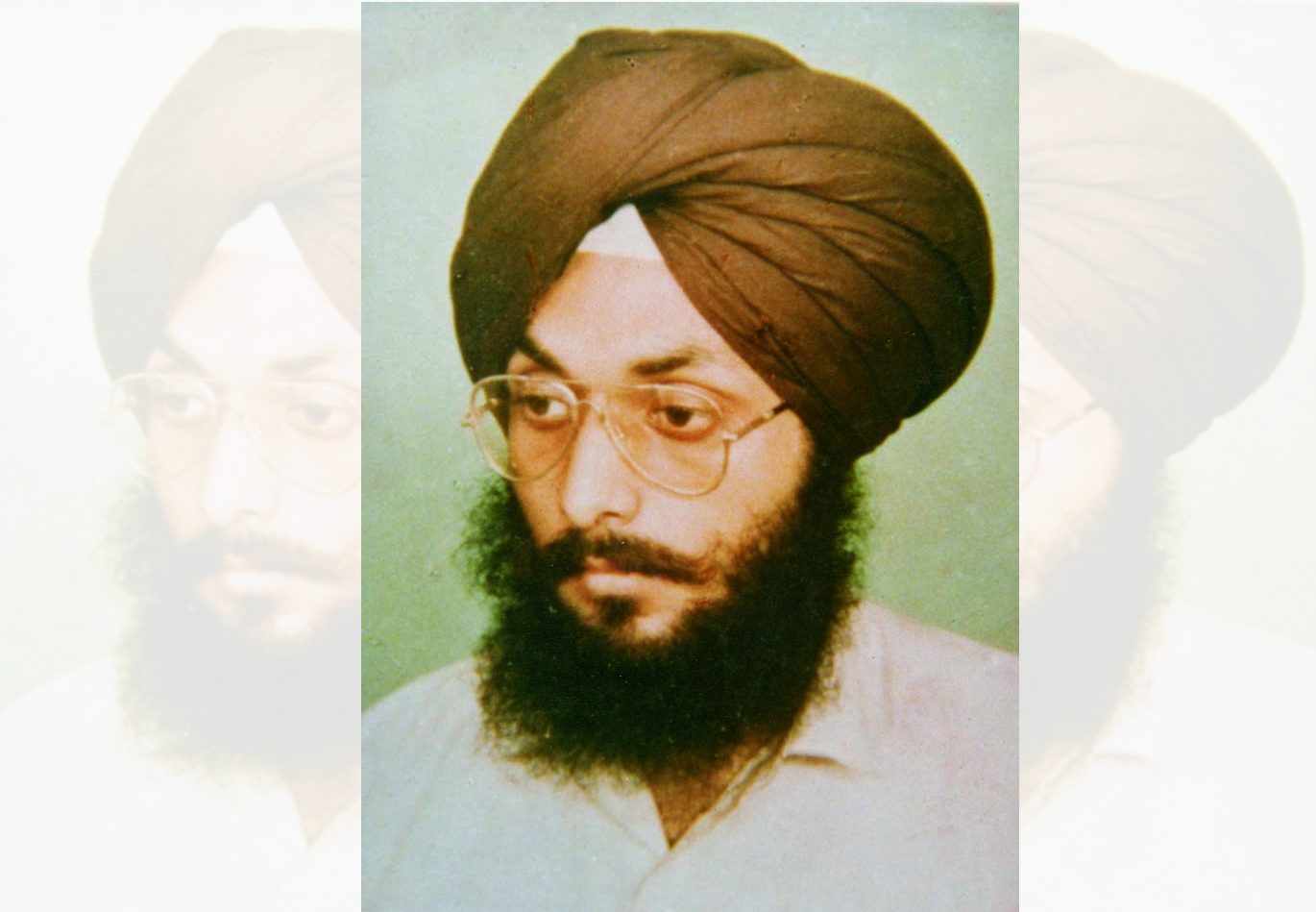

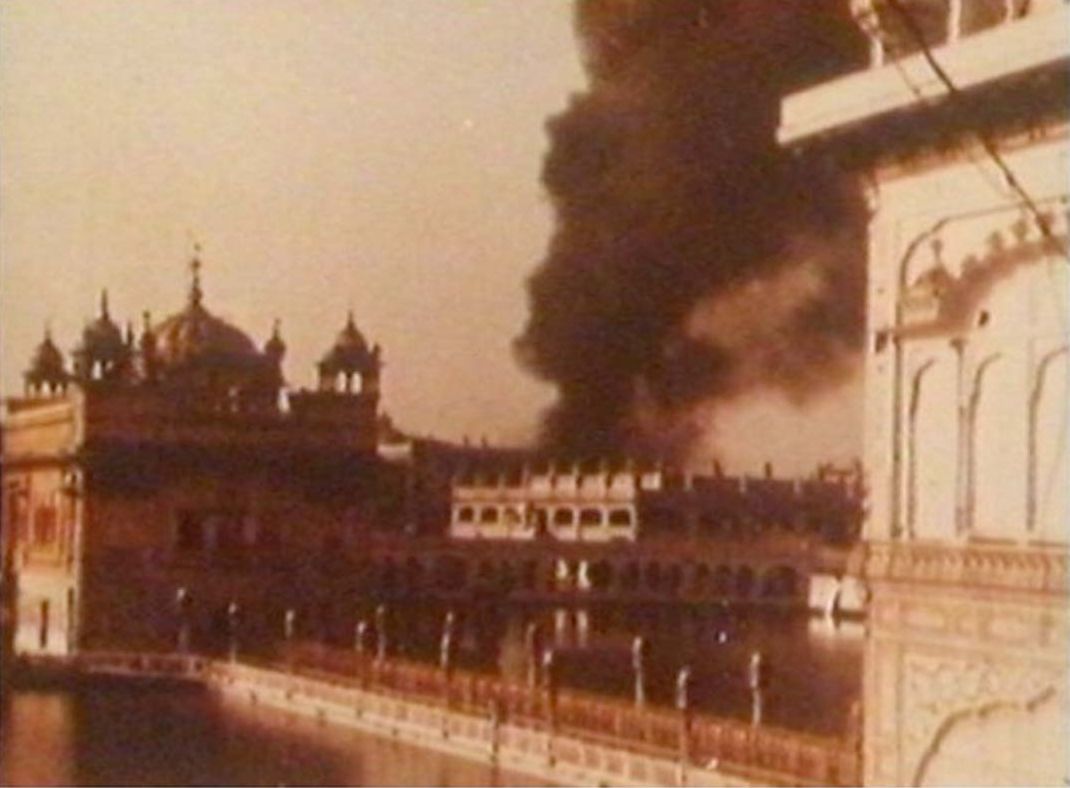
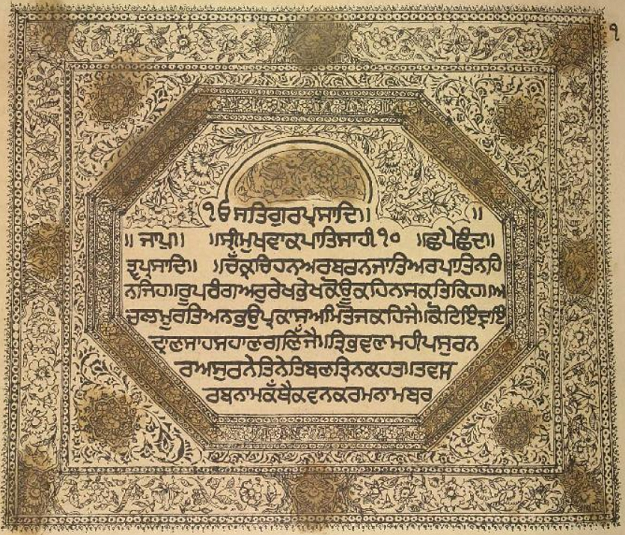
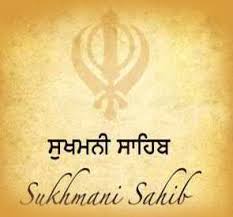
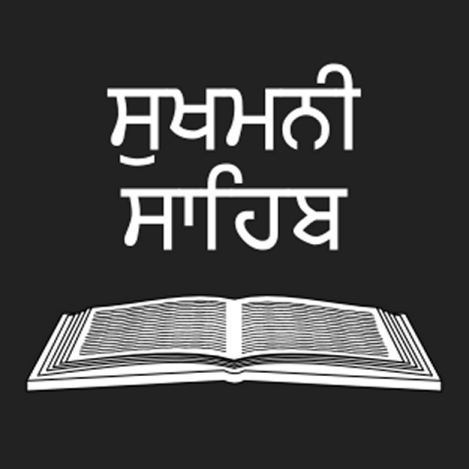
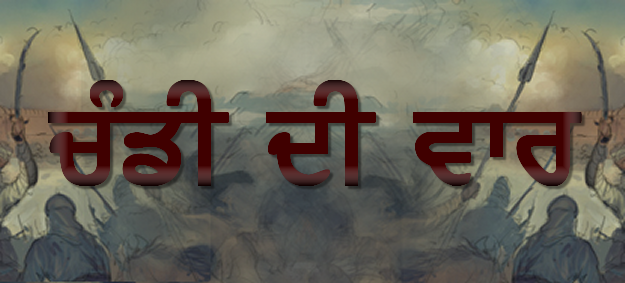
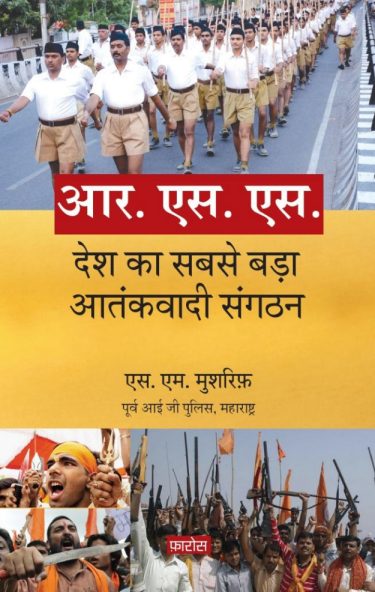
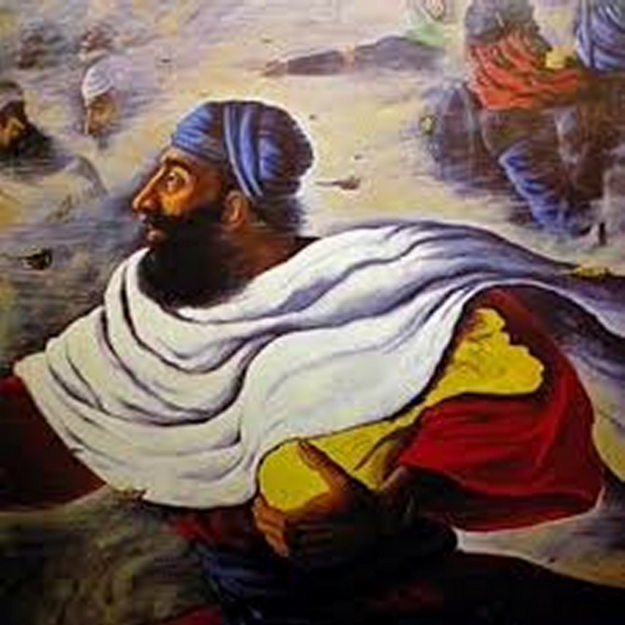
This is yet another example of Khalsa. Always serving and helping the poor. Again an example of thanklessness of the ungrateful country that India is, is seen from the life of another diamond of Sikh history, Nawab Kapoor Singh ji.
Kapoor Singh ji rescued Hindu women from Ahmed Shah Abdali who used to sell them for '2 taka' in Afganistan. If saint soldiers created by Guru Gobind Singh Ji Maharaj were not there then just think what India would have had been. Kapoor Singh ji followed Guru Sahib's teachings to the point. How arrogent those people are for whom so much was done and how great were the people who did this for them.
Khalsa never conquered or looted for pleasure, but conqured injustice. They did not live for themselves but for others. That is why Guru Gobind Singh ji Maharaj made saint soldiers.
Waheguruji Ka Khalsa Waheguruji Ki Fateh
I would also love to read a separate article on the great S. Jassa Singh Ahluwalia, whom N. Kapoor Singh entrusted and befriended. Great Read. Thanks.
waheguru ji ka khalsa waheguru ji ki fateh
I never knew of Nawab Kapoor Singh. He had such a great and beautiful life. Rhe people in India are blind but this time they are not the only ones we are too. We need to look into ourselves and first accomplish becoming a saint and then soldier, because remember we are saint 1st. We must not pt out others mistakes but fix ourselves whatever maybe the circumstances that's how all Khalsa great generals did it if we look deeper into their legacies we see.
Your humble servant
Waheguru ji ka khalsa waheguru ji ki fateh